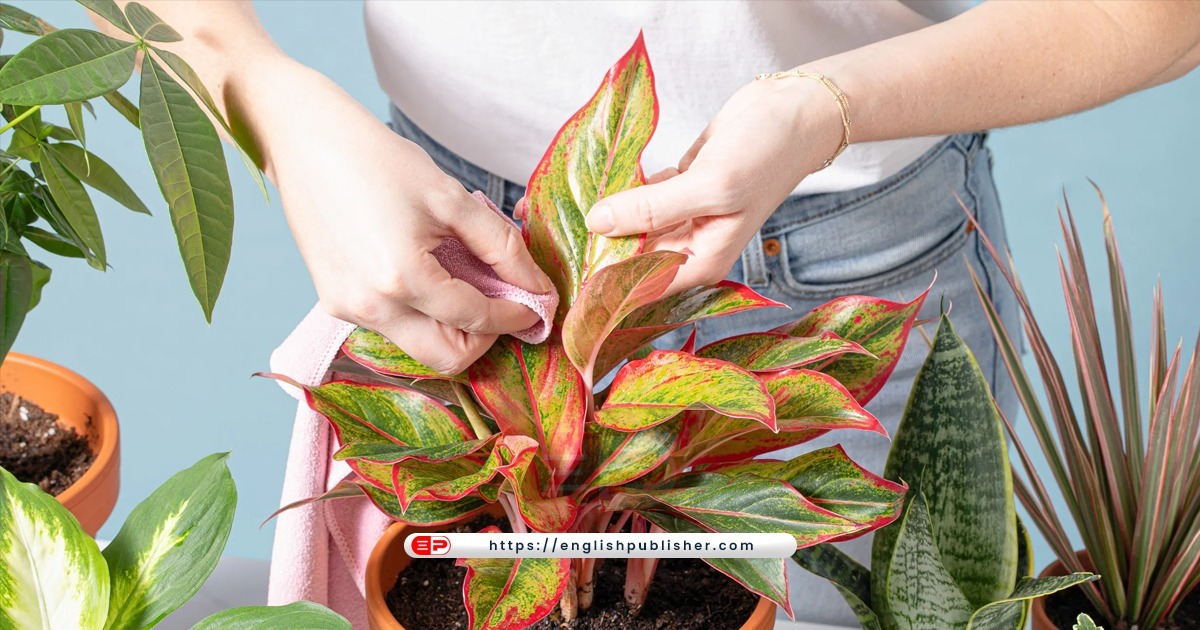Most people don’t realize how much pollution is in the indoor environment of buildings, where we spend most of our time.
For example, many of the products we use to clean and freshen our homes, schools, and workplaces add hidden toxins to the air.
“There’s no smell in the air,” says Ann Hicks, a pediatric pulmonologist at the University of Alberta in Canada.
“If you can smell it, there’s a chemical in the air that’s entering your nose,” she adds. It’s all air pollution, regardless of whether it smells good or bad.
“Indoor air pollution is very high, and it’s unknown, because my neighbor’s house has different air pollution than mine,” Hicks explains.
Indoor air pollution is complex, messy, and often beyond people’s control.
For example, road traffic produces nitrogen dioxide, while moisture and structural problems in buildings can lead to decay.
Expensive solution
Air purifiers with high-efficiency particulate air (HEPA) filters can help in this regard.
But their high cost, plus the energy costs to run them, may put them out of reach for some homes.
This is why the idea of having plants that clean the air passively and cheaply is attractive.
Basically, plant leaves absorb carbon dioxide and other pollutants, which the plant then uses in various processes.
What is particularly important here is the community of microorganisms and the medium in which they grow, such as soil or compost, which, according to many studies, absorb more pollutants than plants.
How many plants to plant?
A 1989 NASA study found that houseplants can remove formaldehyde and other volatile organic compounds (VOCs) from the air. But the study was not realistic for real-world conditions.
In order to significantly reduce organic compounds in a home, a home must be a forest.
‘You need lots of plants in a very well-lit area to be able to release organic compounds and many other gases,’ says Tejana Balanosa, senior horticultural scientist at the Royal Horticultural Society and research fellow at the University of Reading. The mention has an effect.’
Similarly for carbon dioxide, ‘you need a large number of plants to have a measurable effect at the scale of a room.’
Is planting more plants the solution?
Some researchers, including Tejana balanosa, have moved from individual potted plants to green walls (vertical structures with plants), which can concentrate more plants because of the way air flows between them. and can filter the air more efficiently.
With active green walls, ‘the air in the room is pushed above the surface where it would naturally be if you just had plants,’ he says.
However, these green walls are expensive to install and maintain.
Just easy to see.
When Kindle Consultancy moved into their current London offices in 2015, they filled one of the meeting rooms with plants.
Their goal was to monitor and record the effects of vegetation on indoor air quality.
But caring for them proved difficult.
It also became clear that plants are not having the same impact on air quality as mechanical ventilation systems and air purifiers.
Fluffy moss is very pleasant to look at and touch, but it does not have the ability to absorb pollutants.
When customers ask if plants improve air quality, Kavita Kumari, associate director of Kendall’s London office, explains the benefits of plants and their limitations.
She recommends plants that are relatively easy to care for while reducing organic compounds and producing oxygen, though she admits their effect is modest.
One of the plants commonly known as snake plant or tiger ting.
Kumari says that while most plants absorb carbon dioxide and release oxygen during the day, this plant has the ability to do the same at night.
Bioengineering
According to Kumari, opening a window to let indoor pollution out doesn’t work in heavily built-up areas, where outdoor air pollution can also enter at the same time.
Scientists are now working on a new breed of plants designed to be particularly effective at cleaning the air.
Researchers at the University of Washington in the US have genetically modified pothos with a synthetic version of a protein found in rabbits that can process chloroform and benzene.
The Neoplants company has also modified genes in Pothos plants so that they can recycle certain organic compounds.
The company also developed beneficial bacteria that are particularly effective at breaking down organic compounds, which are delivered to the plant’s root system.
It is the microbiome, more than the plant itself, that has the ability to clean the air.
However, despite all these improvements, we cannot rely on plants alone to clean the air.
At present, the benefits of plants in this regard are limited: they cannot compete with air-purifying products.
Still, plants may have other benefits, such as improving mood, productivity and creativity.
